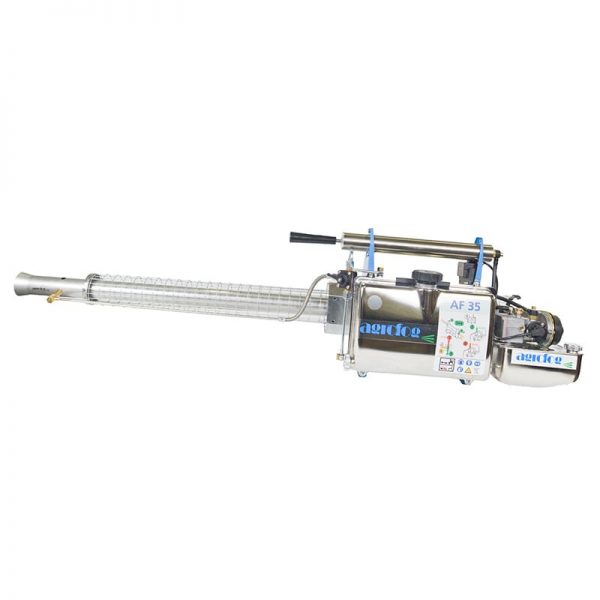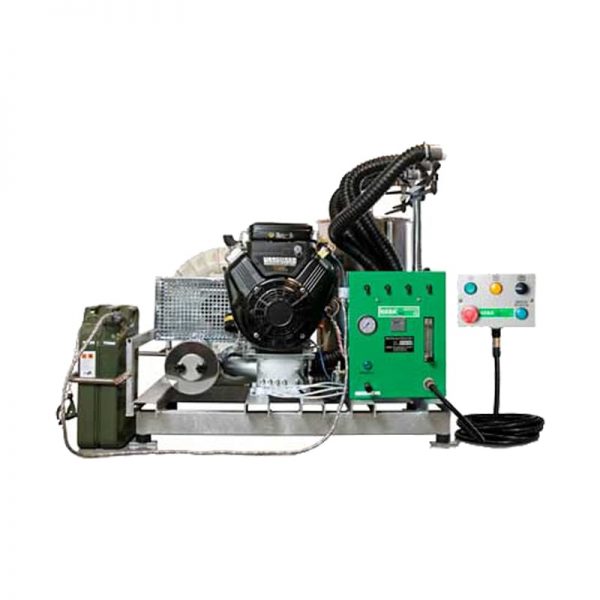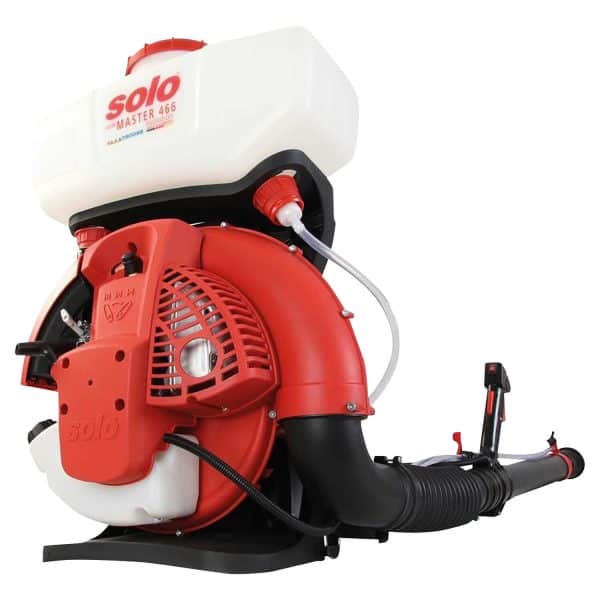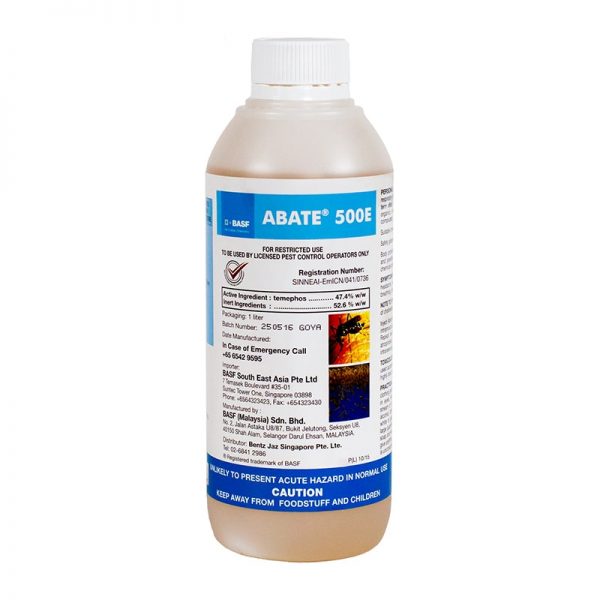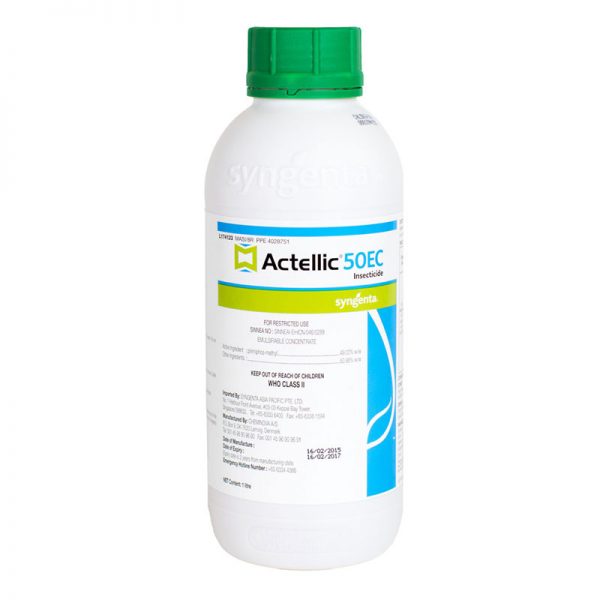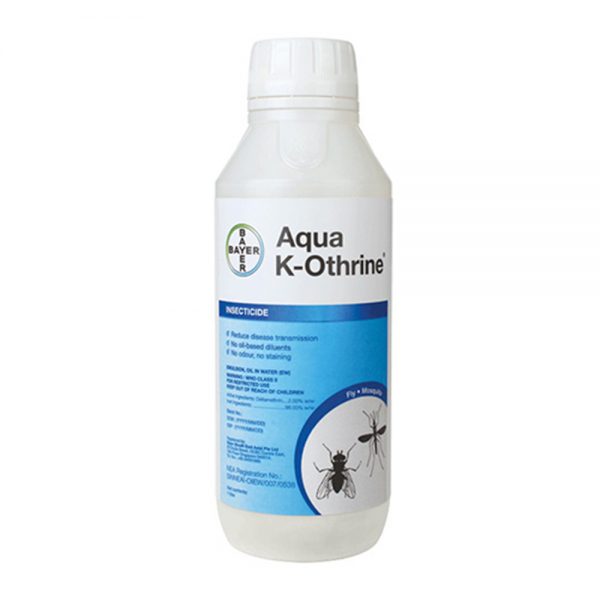MOSQUITOES
MOSQUITO FACTS
Mosquitoes are ranked as the deadliest creature on our planet and being accounted for over millions of deaths reported each year with a disproportionate effect on children and the elderly in developing countries. There are over 3,500 types of mosquitoes which can be found worldwide, but the members of three main genera, Anopheles, Aedes and Culex bear primary responsibility for the spread of human diseases. While others are merely swarming nuisance. Some species of flies are often mistaken for mosquitoes, such as the large crane flies. These large flying insects are often called mosquito hawks and are considerably larger than the average mosquito, though they do not bite like mosquitoes do. Mayflies and midges are also often mistaken for mosquitoes. Closer in diet to the mosquito, sand flies bite to obtain blood and leave welts and itchiness behind.
Mosquitoes are vectors of a few tropical diseases such as Malaria, Filariases and several viral diseases, such as Dengue, Chikungunya, Zika, Yellow Fever and Japanese Encephalitis. Only female mosquitoes bite and feed on the blood of animals or humans (bloodmeal for the development of eggs). They are attracted to their target from the body odours-lactic acid, carbon dioxide and heat emitted. Each mosquito species has different biting hour preferences, with some species preferring to feed on their target at dusk and dawn, or in the middle of the night. Aedes mosquito bite primary during the day while Culex mosquito bite at night.
Besides feeding hour, some species of mosquitoes predominantly feed in forests or urban environments, or the indoor and outdoor of houses. When female mosquitoes do not feed or forage for their targets, they can be found resting on surfaces, indoors or outdoors, on vegetation or any other natural sites. Male mosquitoes do not feed on blood, instead they feed only on plant juices, such as nectar, and therefore do not transmit diseases.
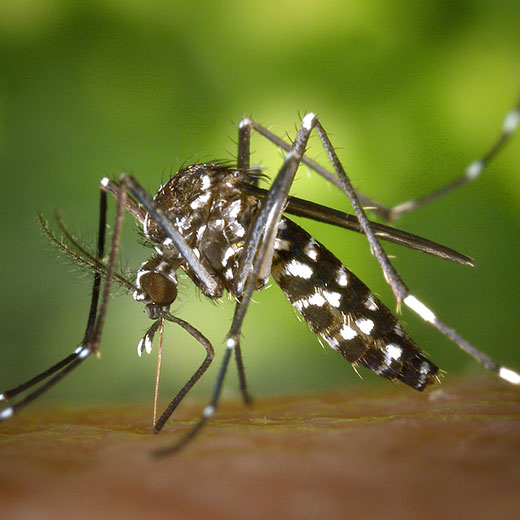
METHOD OF TREATMENT FOR MOSQUITOES
An effective method to control mosquitoes is through an Integrated Vector Management (IVM), which is a combination of environmental management, source reduction and chemical control. There are four basic approaches to controlling mosquitoes are source reduction, surveillance or trapping, larviciding and adulticiding.
The following mosquito treatments can be carried out by homeowners and professionals:
Mosquito Traps
Mosquito traps are designed to mimic a human host by emitting a plume of carbon dioxide, heat and moisture which is often combined with an additional attractant eg ammonium, octenol and other visual cues, to create an attractant to mosquitoes, no-see-ums, biting midges and black flies. After drawing the insects to the trap, a small fan device sucks the insects into a net or cylinder where they dehydrate and die.
Mosquito traps can locally control mosquito populations and significantly reduce biting pressure and nuisance. They are also used as highly efficient surveillance traps.
No electric killing grid, flammable or pesticides are used and making it safer and eco-green solutions.
Larvicides
Larvicide is a type of insecticide used to control mosquitoes indoors and outdoors around your home. They work by killing mosquito larvae before they can grow into adults. Some formulations are activated when ingested by the mosquitoes, and some formulations work when they come into contact with the larvae.
Available in commercial market are chemical and bacterial larvicides, insect growth regulators, and oils and films. Larvicides come in many formulations such as:
- Liquids – Liquid larvicide products are applied directly to water using backpack sprayers and truck or aircraft-mounted sprayers.
- Dunks, tablets, bits, pellets, granules, briquettes – These forms of larvicide are also applied to areas where mosquitoes lay eggs.
When used according to product label instructions, larvicides do not harm people, pets, or the environment.
Adulticides
Adulticides are insecticides used by mosquito control programs to kill adult mosquitoes used in fogging and spraying to control adult mosquitoes. Synergist such as piperonyl butoxide (PBO) are not toxic to the mosquitoes themselves but enhances the potency of certain insecticides used in mosquito control such as carbamates, pyrethrins, pyrethroids, and rotenone.
Space spray. The use of thermal fogging and cold fogging (eg. misting and ultra-low volume, ULV foggers) can be used to apply adulticides to control mosquitoes. Both treatments can turn the liquid mixtures into very small droplets that float in the air and kill active flying adult mosquitoes. The major advantage of space treatment is immediate knockdown, quick application, and relatively small amounts of materials required for treatment. Hence, spray space is often used to quickly bring down high density of mosquito population reduce or to interrupt the transmission cycle of vector-borne diseases.
Residual spray. Adult mosquitoes prefer to rest on weeds and other vegetation. Homeowners can reduce the number of areas where adult mosquitoes can find shelter by cutting down weeds adjacent to the house foundation and in their yards, and mowing the lawn regularly. Residual sprays could be applied to control adult mosquitoes where they rest. Liquid insecticides are applied on vegetation or on surfaces in which mosquitoes rest on. They will receive a lethal dose of the insecticide when they land on the surface. Observe pre-harvest interval and maximum residual level (MRL) when apply on flowering plants or vegetables or fruits.
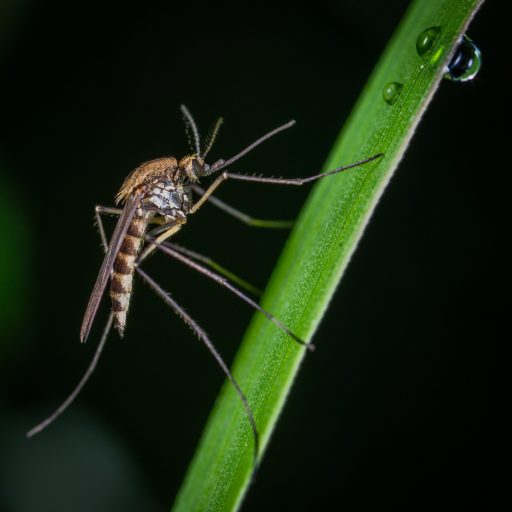
Yes, and this is why there are thermal fogging programs in place across the entire country to eliminate active mosquitoes and prevent mosquito breeding.
No, but it is still a major concern forcing the government to actively release 5 million sterile mosquitoes per week and also consider using Wolbachia to combat the disease.
Aside from the thermal fogging which is carried out in HDBs and condos, individuals can deploy mosquito traps in their homes and gardens to trap and kill dengue mosquitoes.
Mosquitoes are attracted to body odors that emit from humans including sweat, uric acid, lactic acid, and ammonia. There are mosquito traps available which use a variety of scents that mimic the human scent.
There is a diverse range of mosquito repellents from EcoVenger for personal use including sprays in sizes from 50ml all the way up to 480ml.
The Biogents range of mosquito traps is designed specifically to target and trap all types of mosquitoes, including those carrying aedes aegypti, the dengue mosquito.
SIGNS OF MOSQUITO INFESTATION
Mosquitoes life cycle consists of four stages of growth: egg, larva, pupa and adult.
Aedes mosquitoes can lay eggs about three times in its lifetime, and about 100 eggs are produced each time. Under optimal conditions, the egg of an Aedes mosquito can hatch into a larva in less than a day. The larva then takes about four days to develop into a pupa, from which an adult mosquito will emerge after two days.
A mosquito infestation can be identified by:
1) Mosquito bites – presence of irritation with swelling (mild to intense).
2) Adult mosquitoes are attracted to higher humidity areas and sheltered from sun, wind or rain eg water puddle.
3) A constant annoying “buzzing” sound that mosquitoes produce when they are flying close by.
4) Mosquito larvae are found in stagnant waters (e.g. water trays from plants, waste containers that can contain small amounts of water) and also the edge of slow moving water.
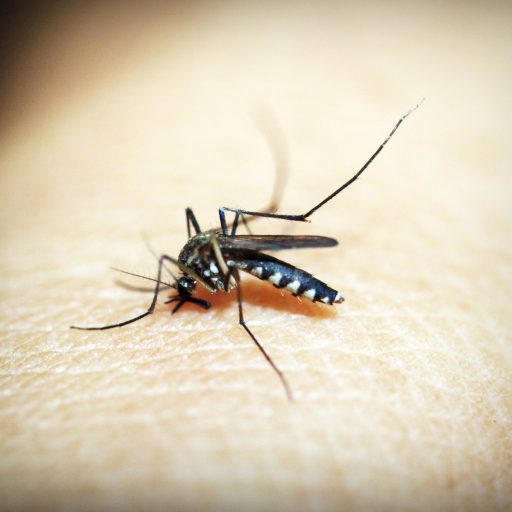
TYPES OF MOSQUITO
In Singapore, there are more than 170 mosquitoes species identified. Majority of the mosquito species prefer to bite on animal rather than human. Common mosquitoes that feed on human blood and may transmit diseases are mosquitoes from the genus Aedes (vectors of Dengue, Chikungunya or other viral diseases), Culex (vectors of filariasis and some other viral diseases), and Anopheles (can transmit Malaria and in some cases filariasis). They are:
- Aedes aegypti
- Aedes albopictus
- Culex quinquefasciatus
- Anopheles epiroticus
- Anopheles sinensis.
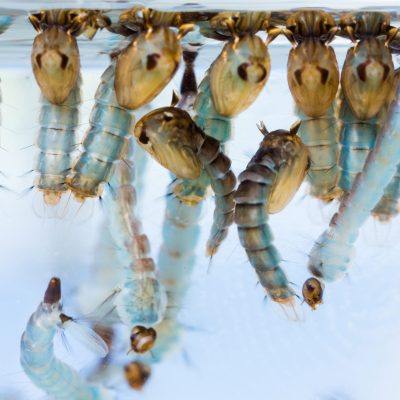

 CHEMICALS
CHEMICALS